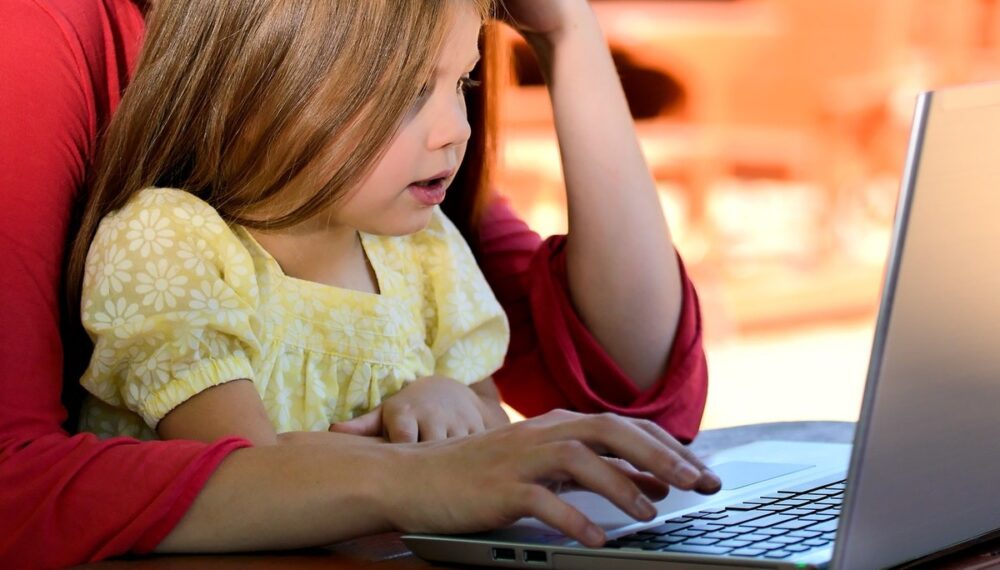Teaching Kids About Social Networks with ONE

Children are using the Internet more and more and yet are rarely aware of how much damage inappropriate online practices can do. In a school outside of Lyon, one teacher has decided to tackle this issue head on. Since September, Christine Paquet has been using ONE to teach her students about digital identity and data protection.
UNICEF estimates that one out of every three Internet users in the world is under the age of 18. According to the NGO, while children’s online use offers an equal number of advantages and disadvantages, an effort must be made “to protect the identity and private life of children online and to teach them how to safely stay informed and connected.” Given that 64% of children between the ages of 11 and 14 own a smartphone in France, and that 85% of middle schoolers are on at least one social network (according to an IPSOS poll), it’s never too early to start teaching young children about their digital identities.
Learning how to respect others and report abuse
While the primary use of the ONE virtual learning environment is to create educational content, it is also a social network specially designed for the educational community. Teachers, school staff, parents, and students are the only ones who can access the platform, which is entirely secured and controlled by the school itself. For some, it’s the perfect way to teach children about online best practice before they start using the web on their own.
At Jules Ferry Elementary School in Roanne, teacher Christine Paquet began discussing the concept of digital identity at the start of the year. “I explain to them they can write, I like chocolate, but not bananas,” on a social network, but they can’t say, “I like Pierre, but not Paul,” because that would be too mean to Paul,” she says. While the educational team was somewhat taken back by the lack of a moderator on ONE, teachers and staff quickly saw the potential of this kind of approach. “That’s how it is on the real Internet. There’s no censor overseeing everything. When I see a disturbing post, such as a racist comment, for example, I’m the one who reports it. Everyone acts as the Internet police,” says Christine Paquet, who goes on to add, “The children understand that now, and the parents agree.”
On ONE, you can report inappropriate content by opening up the arrow next to the notification on your newsfeed, then clicking on “Report an inappropriate notification.” The school’s local administrator will be automatically alerted. Click to expand.
Identity and confidentiality: too complex for children?
Jules Ferry Elementary is using ONE to teach other subjects as well. Children learn that everything they read online isn’t necessarily true and that just because they can’t see something, it might not have truly gone away. “One student told me she received a notification and that it had disappeared a little bit later. I showed her the notification was still there, but that it had been ‘drowned out’ by the others. It was an opportunity to explain that whatever we put online stays there, even if we don’t see it. Just because it is no longer on the screen doesn’t mean that someone else can’t find it and use it,” says the teacher.
When you enter personal information in the “My Account” section on ONE, you can choose to make it invisible, as indicated by the padlock icon, or visible and accessible to your network, which is indicated by the globe icon. Click to expand.
This step teaches students how to use confidentiality settings. “When I showed ONE to my students, they were very excited about the prospect of having their own space—their own piece of the Internet. A place where they could import their documents, write in their diaries, and express their feelings. I taught them they could add padlocks to their “My Profile” page or share things using the share windows. I told them, ‘I like dogs, cats, and horses. And if I don’t want anyone to know that, no one will!’” Such a lesson is probably more important than we can image.
On ONE, all content is private. If you want to give your community access your information, you have to open a share window. You can then authorize viewers to add comments or read, contribute, or manage content. Click to expand.
comments
Add comment